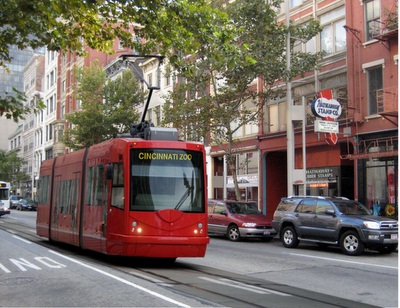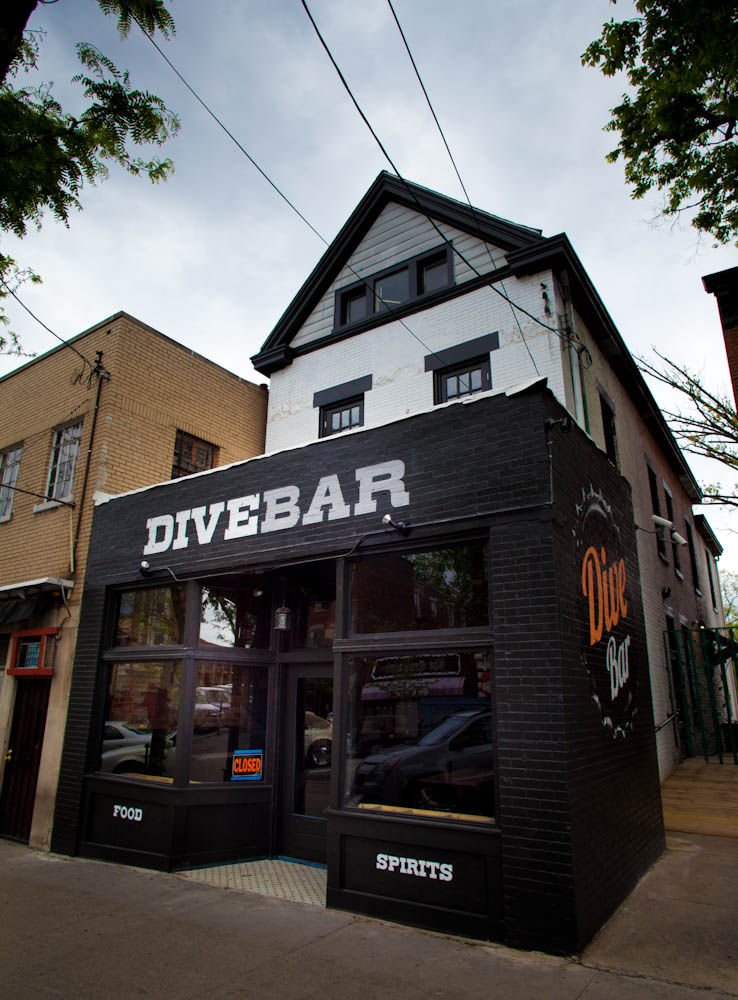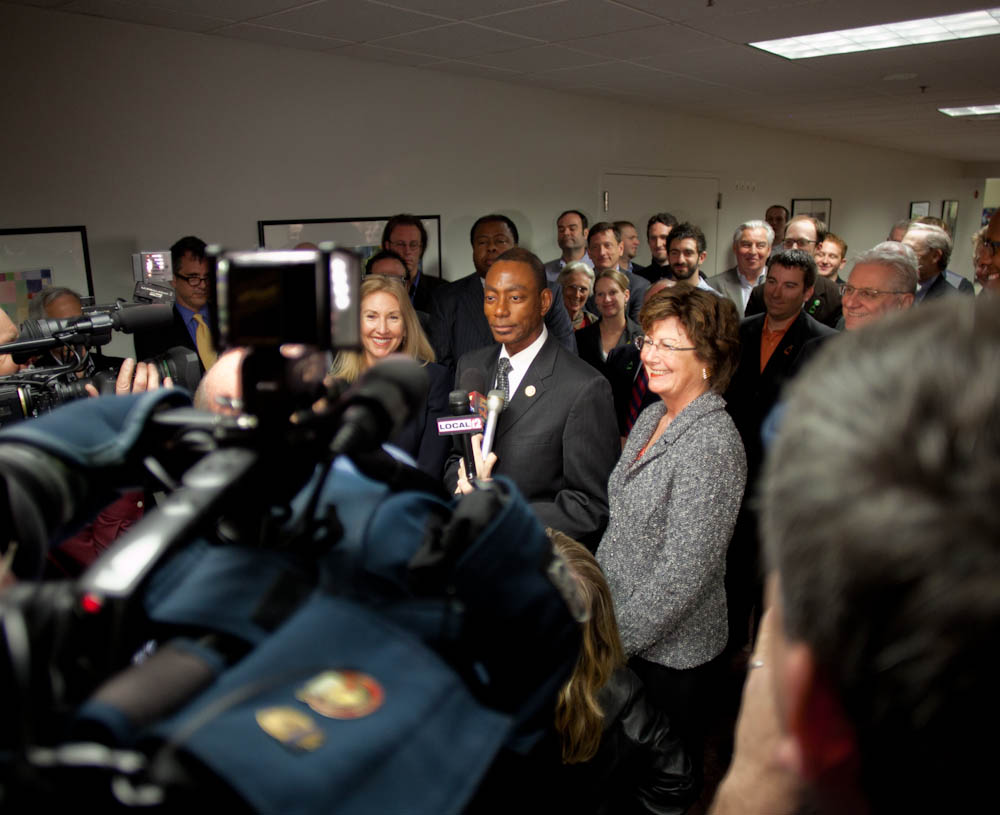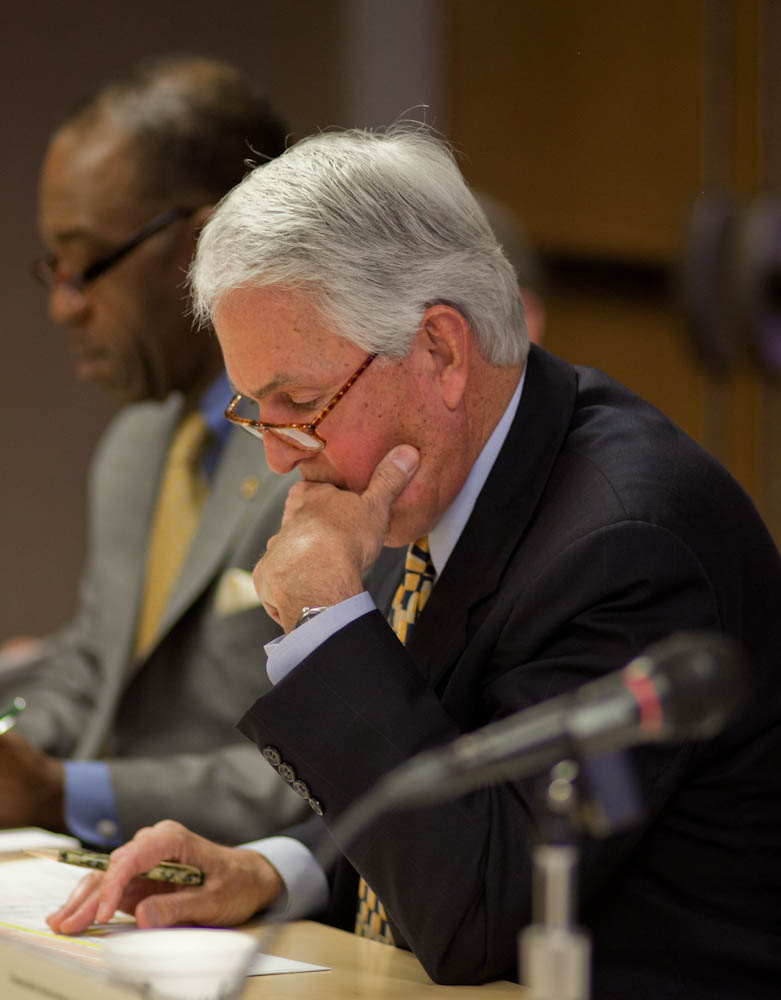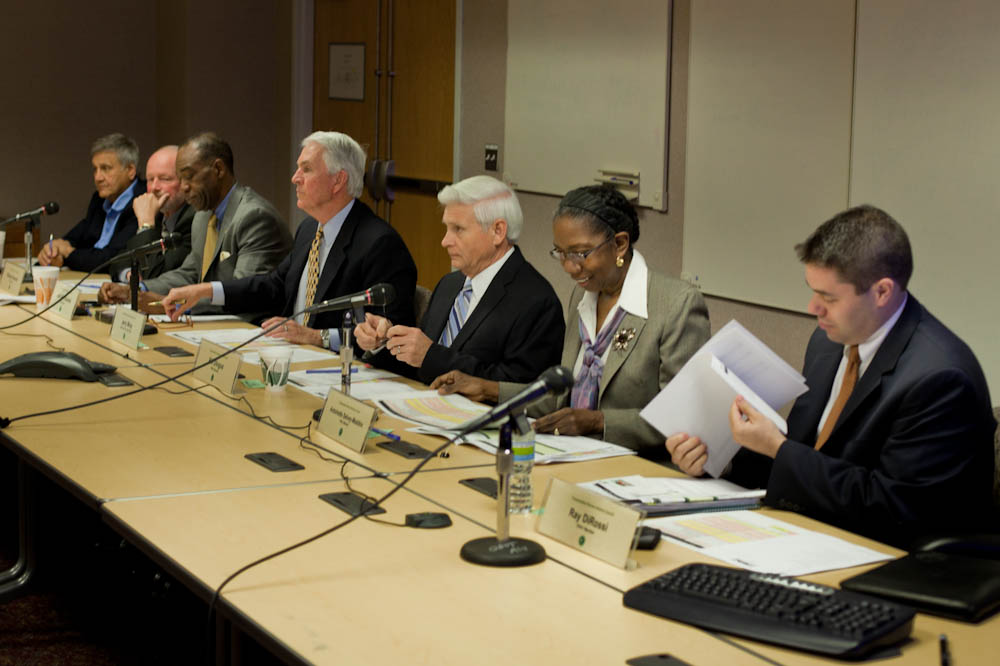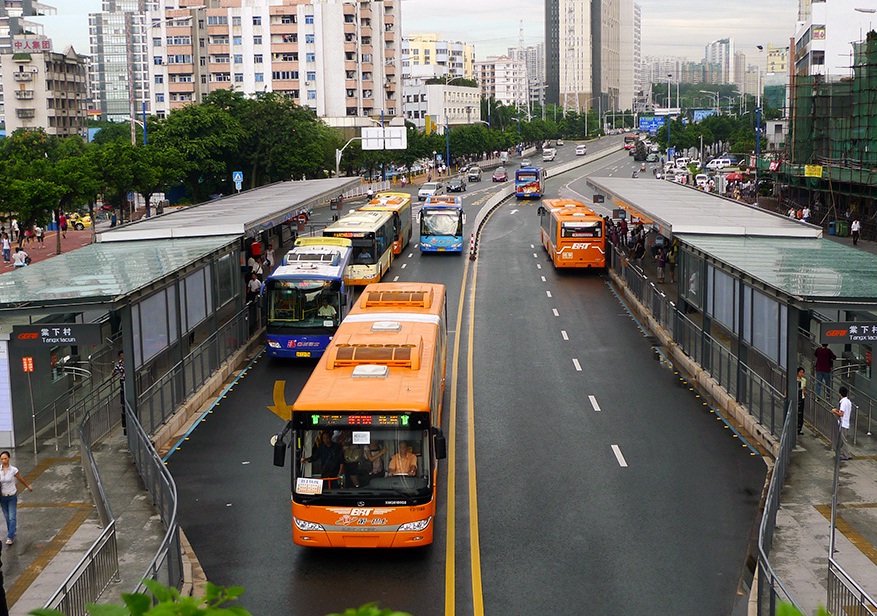Today Cincinnati Mayor Mark Mallory and City Manager Milton Dohoney announced that the city will push forward with its modern streetcar project even with recent setbacks. The announcement included the debut of a new shortened phase one routing that will run from Fifth Street in the Central Business District to Henry Street in Over-the-Rhine just north of Findlay Market.
The 3.1-mile route will cost $95 million to build and $2.5 million annually to operate. City leaders currently have a total of $99.5 million to build the line, and have conservatively identified $4.1 million to operate the line annually. City leaders say that this will mean no money will be needed from the City’s General Fund for operations.
While some supporters have expressed discontent over the shortened Cincinnati Streetcar route, Mayor Mallory emphasized that the long-term vision has not changed.
“The vision for the project remains the same. We are going to build a streetcar that connected Downtown to Uptown, and then we are going to build out into the neighborhoods,” explained Mallory. “We are going to get started with the funding that we have in hand, but we must move forward in order to attract jobs and residents to our region.”
Project officials say that the shortened line will operate 18 hours a day, seven days a week and will utilize five streetcars instead of the original seven planned for the longer route. The shortened route, city leaders say, was chosen based on its unique ability to maximize economic investment.
“Over-the-Rhine and portions of the downtown area have some 500 vacant buildings, and it is where you have the bulk of the 95 acres of what today is surface parking,” City Manager Dohoney told the audience. “The explosiveness of the development potential rests in the area that we’re covering.”
City officials also announced that they are exploring the idea of running the streetcars on battery power instead of electricity. This technology is currently being examined for Washington D.C.’s modern streetcar system where concerns have come up over the use of overhead electric wires. Cincinnati officials believe that such a move would also reduce costs upfront and long-term.
The city says that it expects to break ground on the modern streetcar system this fall, and will simultaneously work to raise additional funds to build the system’s extension to uptown, and reconnect with The Banks to the south which in and of itself costs an additional $9 million.
“Clearly there is a need to expand the tax base. No one wants to pay more taxes, so we must find a proactive step to take to expand the existing tax base,” City Manager Dohoney explained. “A streetcar is one such tool to do that. There are people that have issues with this project, and there are folks that are responsible for moving this city forward. We are unapologetic advocates.”
